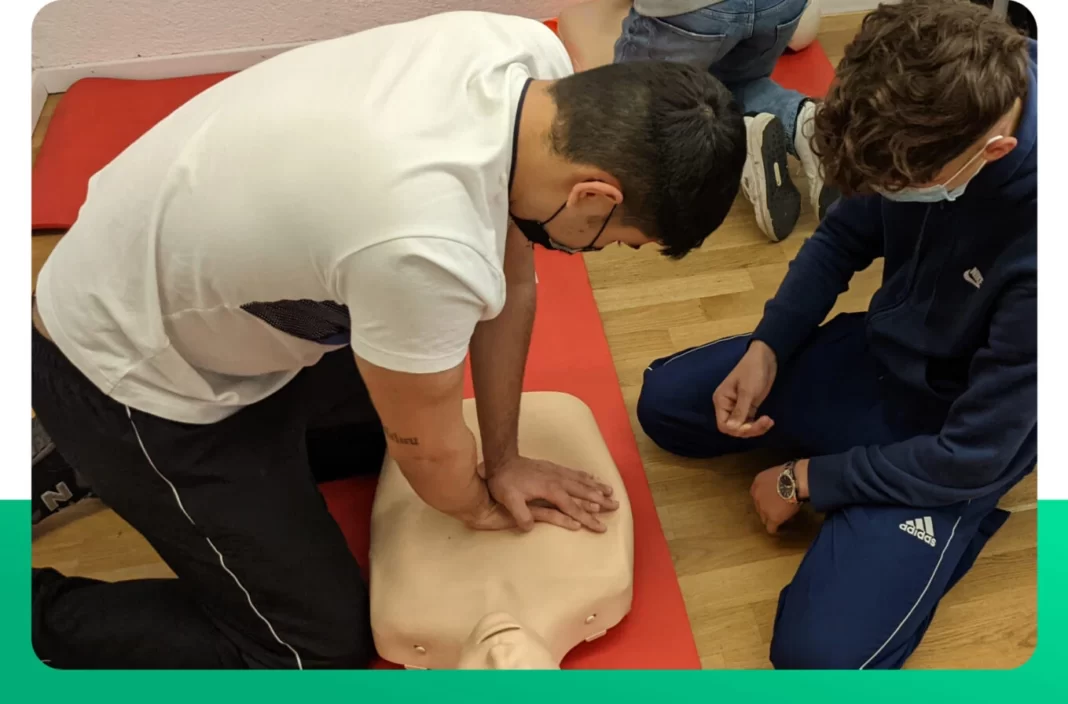First aid training
First aid training is a great opportunity to learn new skills and gain qualifications, but it’s also a great way to help others. A first aid course can help you develop your confidence in helping others in an emergency situation and make you feel more prepared if you need to give first aid.
First Aid Training Courses
First aid training is the most important part of being a first aider. It teaches you how to react quickly, safely, and effectively in emergency situations.
First aid training courses can be delivered either on-site or online, depending on your schedule and availability. There are many benefits associated with learning first aid:
Emergency First Aid at Work
First aid is any action taken to stabilize a person who has suffered an injury or illness. It is different from medical treatment, which is the provision of ongoing care for people who have been injured or sick.
The law requires employers to provide first aid cover at work if they have more than 10 employees working on their premises. If you are unsure whether your employer provides this service, ask them directly – it could save you time and money later!
If an employee needs immediate medical help but cannot leave work because of their condition, then they can be entitled to receive emergency first aid (EA). However, it must be provided by someone trained in its delivery before they leave the site; otherwise, there could still be legal consequences if something happens whilst waiting for further assistance
Paediatric First Aid
Pediatric First Aid is designed to teach you how to respond in an emergency situation involving children. In this course, we will cover the following topics:
- How to treat a child with an injury or illness
- How to prevent injuries from becoming worse by using good hygiene practices.
How to respond to an emergency situation and how to administer first aid in the case of a child. The course is interactive and self-paced, so you can take it at your own pace. We recommend that you complete the course within two weeks.
Health and Safety (First Aid) Regulations 1981
The Health and Safety at Work Act 1974, as amended by the Health and Safety at Work etc. Act Howard A. Smith Act 1969, is the legislation that governs workplace safety in Great Britain. It states:
- Every employer must ensure that his employees are not exposed to risks arising out of their work which may cause death or serious injury [1].
- Every employer who employs more than 20 people must carry out risk assessments [2].
- Any person who carries out any form of first aid on an injured person must have been trained by an accredited course provider (see below) [3].
Any person who has been trained and certified by an accredited course provider may carry out first aid at work. The Health & Safety Executive (HSE) issues a list of approved first aid courses on their website [4].
In Great Britain, first aid training must be completed within 12 months of starting work with that employer. This means that if you take a course on Friday and start work on Monday, then your training is up to date for this week. However, by next week it will have expired and you will need to re-take the course.
Requalifying as a first aider
You should re-qualify every two years.
You can do this by taking a first aid course or by attending a conference.
Learning first aid can save lives. You will gain new skills, knowledge, and qualifications.
Learning first aid can help you save lives. You will gain new skills, knowledge, and first aid qualifications. You will learn how to treat a variety of injuries and illnesses that may arise in an emergency situation. If someone is injured or sick while they are at work or in public places (such as shopping malls), you can provide care until the paramedics arrive.
If you are ever in an emergency situation such as this one, it is important that you know what actions need to be taken immediately when someone has been injured or become sick due to:
- Heart attack
- Stroke
Conclusion
You will be able to make a difference in the lives of others. You can learn first aid today and start saving lives tomorrow! Understanding of what you will learn when you take a first aid course
Thanks for reading


